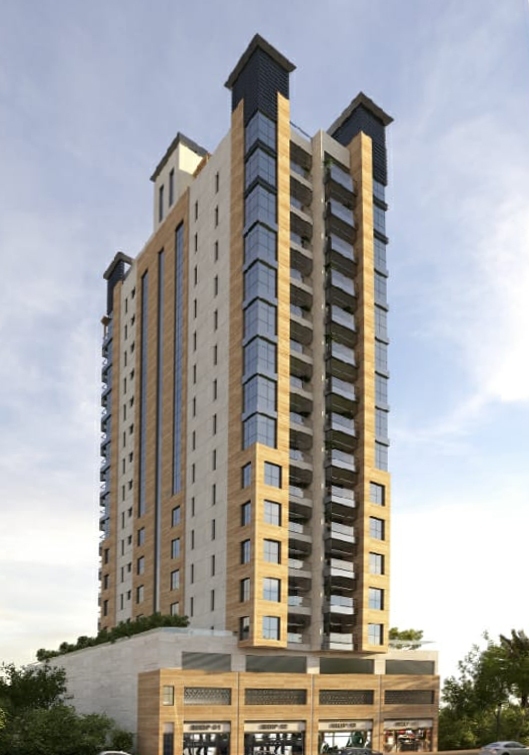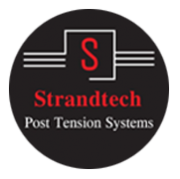Post Tensioning - Building
Post Tensioning –In Buildings
SERVICES

The use of post-tensioning in buildings offers numerous advantages and is being increasingly used in the industry. The most commonly used PT utilized in buildings slabs is the bonded flat tendon system. A maximum of 5 strands can be used per tendon in this system. The bonded flat tendon system uses 0.5” and 0.6’ diameter strands.
There are post-tensioning applications in almost all facets of construction. In building construction, post-tensioning allows longer clear spans, thinner slabs, fewer beams, and more slender, dramatic elements. Thinner slabs mean less concrete is required. In addition, Post-tensioning can thus allow a significant reduction in building weight versus a conventional concrete building with the same number of floors.
This reduces the foundation load and can be a major advantage in seismic areas. A lower building height can also translate to considerable savings in mechanical systems and façade costs. Another advantage of post-tensioning is that beams and slabs can be continuous.
i.e. a single beam can run continuously from one end of the building to the other. Structurally, this is much more efficient than having a beam that just goes from one column to the next.
Our Benefits
Post-tensioning is the system of choice for parking structures since it allows a high degree of flexibility in the column layout, span lengths, and ramp configurations. Post-tensioned parking garages can be either stand-alone structures or one or more floors in an office or residential building. In areas where there are expansive clays or soils with low bearing capacity, post-tensioned slabs-on-ground and mat foundations reduce problems with cracking and differential settlement.
Key Advantages of Strand tech’s Post Tension System :
It reduces or eliminates shrinkage cracking-therefore no joints, or fewer joints, are needed.
Cracks that do form are held tightly together.
It allows slabs and other structural members to be thinner.
It allows us to build slabs on expansive or soft soils.
It lets us design longer spans in elevated members, like floors or beams.
Post-tensioning, which is a form of Pre-stressing, has several advantages over standard reinforcing steel (rebar’s):












